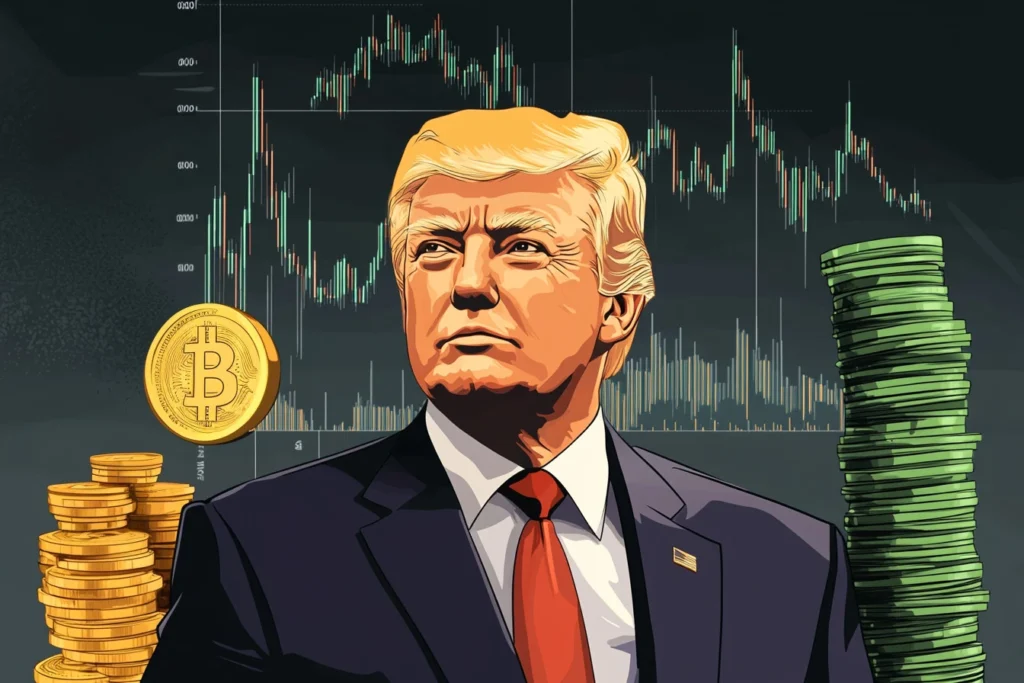Understanding the Global Macroeconomic Impacts of Trump’s Tariffs
President Donald Trump implemented a series of tariffs against China. This sparked a trade war that disturbed the Chinese-U.S. trading relations and sent shockwaves through the global economy. The tariffs were intended to safeguard American industry and jobs from foreign competition. Trump’s tariffs (taxes) on goods imported by the United States had much broader macroeconomic repercussions. These went beyond simply dampening effects overseas.
The dangers of Trump’s tariffs appeared immediately, as global supply chains began to unravel. Many products came not just from China but were integrated into different manufacturing processes all over the world.
U.S. companies reliant on Chinese imports experienced increased costs because of the tariffs. These businesses were forced to weigh negative implications regarding pricing and production/sourcing strategy decisions. This pushed up prices of consumer goods and led to markets becoming uncertain. Consequently, investor morale was dampened, causing consumers to stop spending. This resulted in a drag on economic growth.
Tariffs also expose countries to retaliation, often sparking a round of tit-for-tat escalation. This muddies international trade dynamics. The U.S. tariffs led to retaliatory measures by other countries, which hit important exports in farming states hard. This pushback not only strained trade relationships but also created uncertainty. This uncertainty has the potential to dampen innovation and investment from foreign investors because of Trump’s tariffs.
Another macroeconomic effect was to alter the competitive landscapes of different industries. This incentivized those invested in production to quickly expand their capacity. The drawback was that consumer spending was high when they were adding debt equity. This raised questions about the wisdom of long-term pursuit of such policies. It also raised questions about whom they truly served best, considering the impacts of Trump’s tariffs on the American economy.
At the same time, there were changes in expectations regarding growth and stability. The global financial landscape also experienced shifts. The news was closely watched by investors likely to be aggressive workers. Trade tensions have a powerful impact on livestock and currency values.
All in all, the message of Trump with his tariffs may have been American interests first. Instead, he weaved a complex web where global macroeconomic instances are only one part. This is important for all stakeholders, including policy makers and businesses functioning in a more globalized society.




